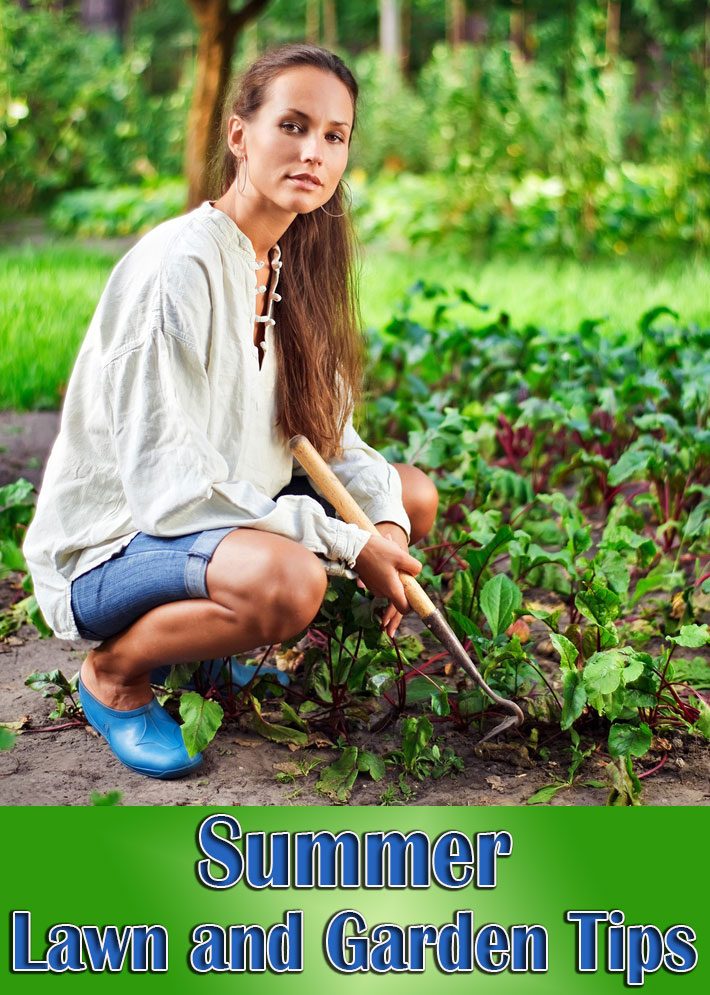
Lawn and Garden Tips for Summer
Heat Stress
When temperatures climb above 90° F, most garden plants – lawns, flowers, and veggies – pretty much shut down. Many tomatoes stop pollinating, cool-season lawns go brown and dormant, and even heat-loving plants appear to hold their breath until the temperature drops a bit.
Gardening Fact
Even tropical plants can struggle in the heat. Near the equator, the average temperature is generally in the 80s to low 90s, with plenty of moisture to keep things lush. When the temperature soars higher, the conditions are more parched and desert-like than tropical.
It’s easy to overdo it in hot weather, especially if you’re an attentive gardener who believes you can coax your plants back if you only work hard enough. Ironically, during the heat of midsummer, sometimes the best thing you can do is to leave your plants alone – many chores we consider “TLC” will only stress plants further.
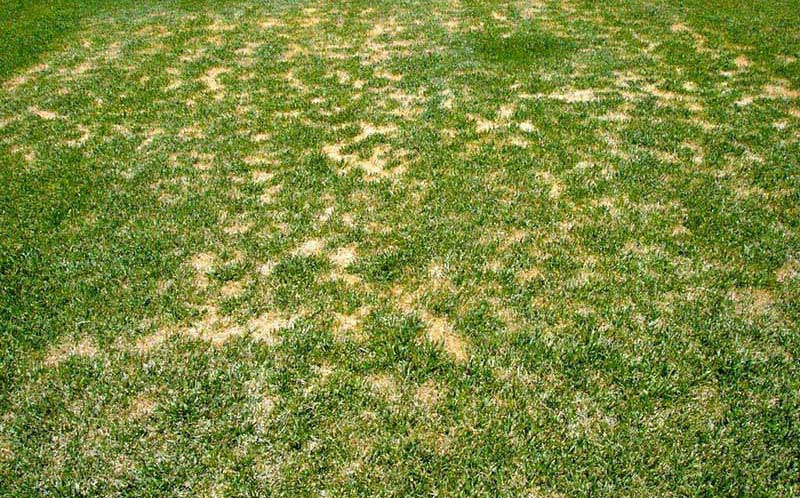
Summer Lawn and Garden Don’ts
When temperatures are above the 90° mark, the following lawn and garden chores are best left undone:
- Applying Horticultural Oils: At temperatures above 85° F or so, horticultural oils are likely to sauté your veggies before you pick them.
- Fertilizing Plants: Your plants aren’t absorbing much right now, and too much fertilizer can burn plants (with the exception of plants grown in containers).
- Mowing Grass: Yep, I said it – cross mowing your lawn off your “honey-do” list until things cool down. Set your mower blade higher, and mow just often enough to keep your yard tidy.
- Planting and Transplanting: If you must plant something now, set up a temporary tent to keep it shaded from the sun.
- Pruning Trees and Shrubs: Leaves help cool plants, and your trees and shrubs need all the help they can get! Also, pruning can encourage tender growth, which requires more water and gentler conditions. Only remove dead or diseased branches during hot weather.
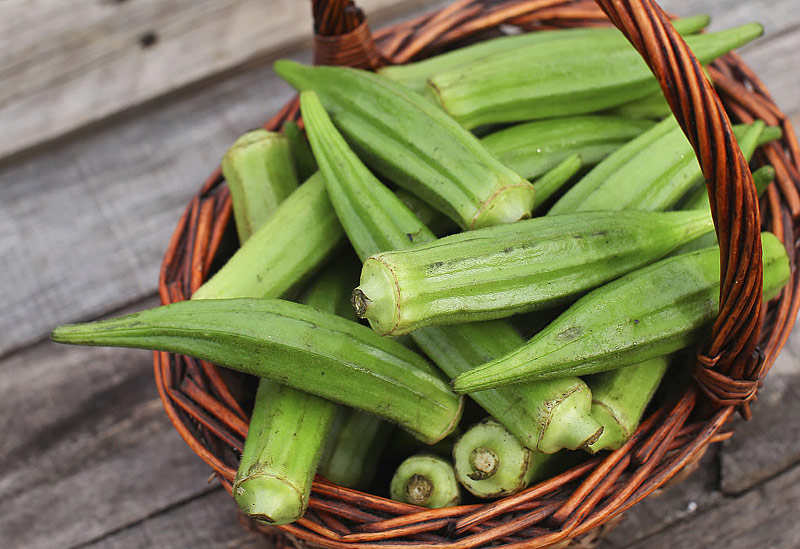
Summer Lawn and Garden Dos
Here are some tasks you CAN do to see your lawn and garden through the heat to cooler weather:
- Change Your Timing: Don’t garden by the calendar – garden by your climate. Warm-season vegetables like temperatures in the 80s F while cool-season veggies like temperatures in the 60s-70s F. If you live in hotter climates, plan a spring garden and fall garden (and even winter in some places), and take a break during the heat of summer.
- Choose Plants Wisely: Some plants are more heat tolerant than others. Okra, butter beans, and cherry tomatoes can usually handle heat, along with watermelon, black-eyed susans, daylilies, hibiscus, succulents, spruces, and pines.
- Continue Watering: Resist the urge to overwater or soak your plants until they’re soggy. Stick to giving your lawn and garden one-inch of water at a time. If conditions are hot and dry, increase the frequency of watering but not the amount. Water in the morning to reduce fungal diseases.
- Eliminate Garden Pests: Spider mites are particularly troublesome in hot weather. Blast your plant’s leaves with water to discourage heat-loving pests.
Fight Weeds: Sorry to disappoint you, but weeding is a chore than never goes away, no matter how hot it is!
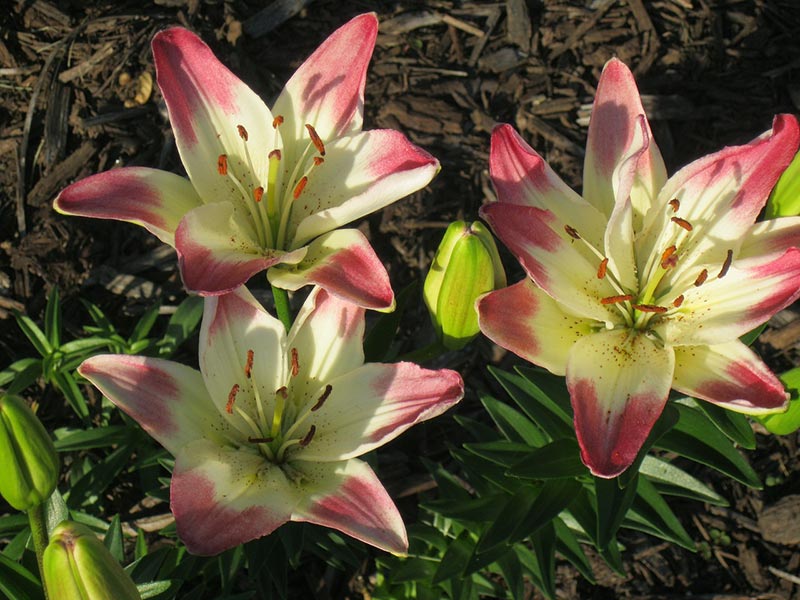
- Focus on Containers: Continue fertilizing and watering your container plants, and move them to shadier spots if they’re struggling.
- Monitor Your Garden: Are your hostas looking fried? Do your hydrangeas stay wilted no matter how much you water them? Take note of sun- and heat-stressed plants, so you can transplant them this fall to better spots.
- Apply Mulch: Add more mulch if needed, to cool the soil and hold moisture. Choose well-composted mulches in hot weather (rather than fresh manure or grass clippings).
- Take Care of the Gardener: Find a swimming hole, relax with a book, drink lots of water, and forget about gardening until temperatures cool down a little. Your garden will thank you, and you’ll have more energy when the season kicks back into gear.
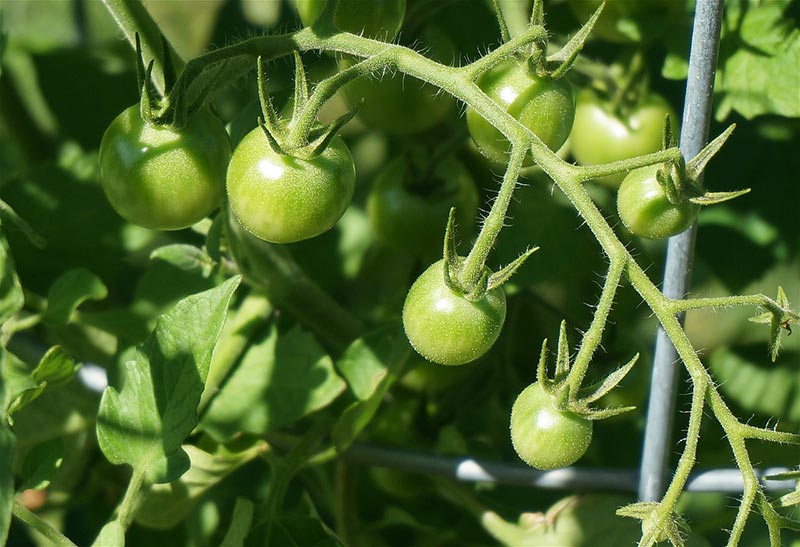

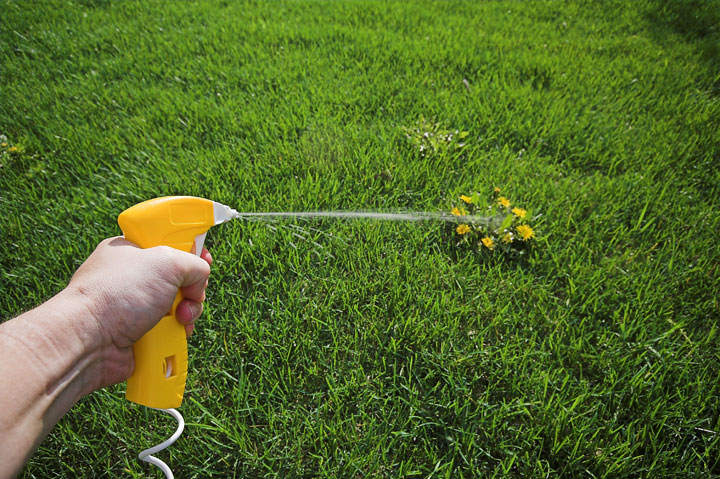
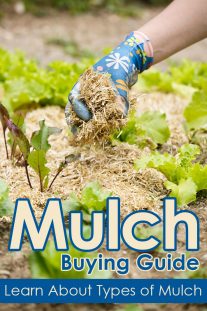

Leave a Reply